Trend 2015 – Internet of things
The beginning of the 2015 year is always a good time for summarizing and thinking about trends. I think the most significant Trend in 2015 – the Internet of things will quickly change the business environment.
I missed adding this point – the Internet of things.
Even though this term is quite old, its value grows yearly. Previously it was mainly linked with intelligent houses, with home appliances that share data in the home network.
According to Gartner, Inc. (a technology research and advisory corporation), there will be nearly 26 billion devices on the Internet of Things by 2020. ABI Research estimates that more than 30 billion devices will be wirelessly connected to the Internet of Things (Internet of Everything) by 2020.
Wikipedia. Internet of Things
Now with Big Data and cloud computing, it rapidly moves to business tools and business environments.
What does the Internet of things mean for your internal environment
There are a couple of aspects that will appear in your business environment:
- your systems – ERP, CRM, business analytics, BIS – can be accessed and managed from different devices: tablets, smartphones, PC, laptops, and PDA. You will know how, when, and where these systems are used. It will speed up operations and lower costs for further systems development.
- your employees will be more flexible with everywhere location. You don’t need them at the office all the time.
- your employees will access impressive data from your product usage that will help in product/services development. 3D printing helps with rapid prototyping.
- it will also change your cooperation with vendors because of wireless sensor networks, control systems, and automation. I think that some businesses will go into closer collaboration and data sharing.
- there will be a need for investment into big data, cloud computing, data processing, and storage. Of course, security is another aspect.
- Cloud computing enables the creation of “dumb” (more straightforward, cheaper) devices with all the intelligence processes in the cloud. Big data tools, often open-sourced, enable processing of massive amounts of data captured by the devices and will play a crucial role.
What does the Internet of things mean for your products and consumers?
- your product can be more intelligent with the full set of services around it. Some producers will create more sophisticated products with many additional services like game consoles previously. Now it can be done in many businesses
- Intelligent shopping systems where the product information, stock, and prices are offered to consumers based on their style and preferences, like Google search suggestions.
- such technology could grant motion-picture publishers much more control over end-user private devices by enforcing remote copyright restrictions and digital restrictions management
- the support system for products can be changed because your intelligent products can provide more data and create additional services for your clients, on the other a new source of income for you. Example: automobiles with built-in sensors, medical equipment that can monitor and send data
- currently, 70% of consumers use many different devices before final purchase online or offline. They use tablets, smartphones, or laptops for searching and buying products. You can get the data on what devices they use and propose a more accurate description or better offer.
And many other new business models will appear. Some vast companies have already invested in this trend.
I have only one point – our freedom and how it will impact us.
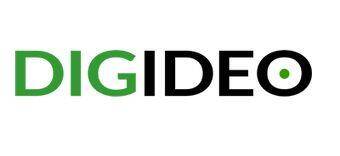
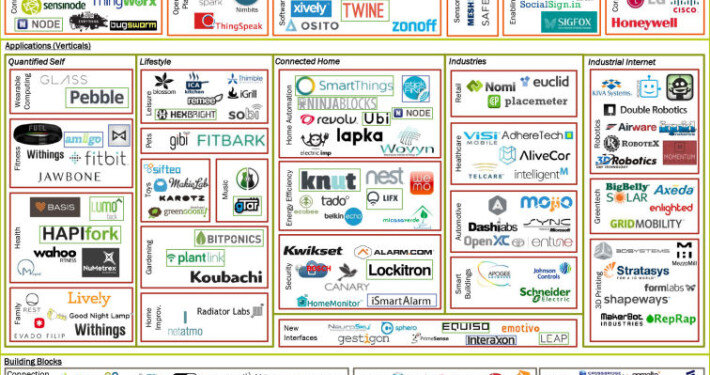
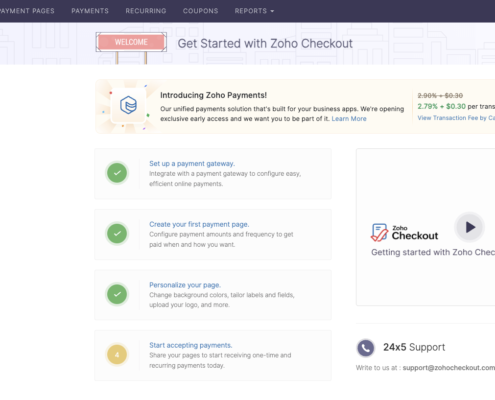
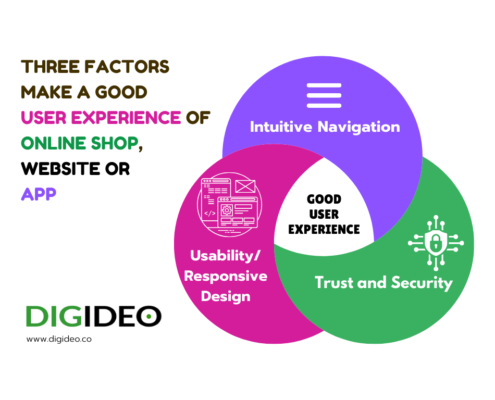 Digideo
Digideo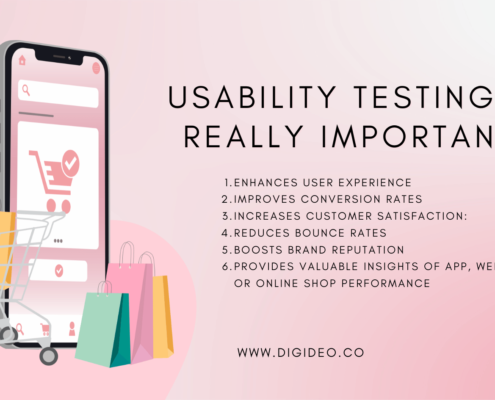 Digideo
Digideo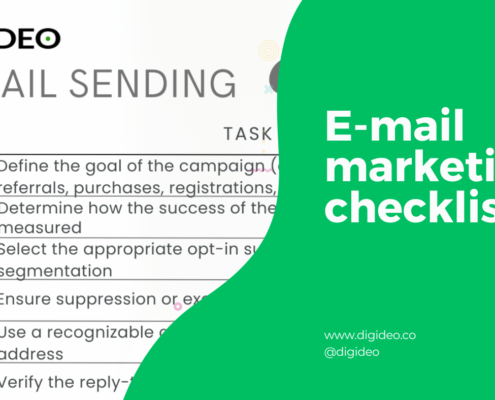 Digideo
Digideo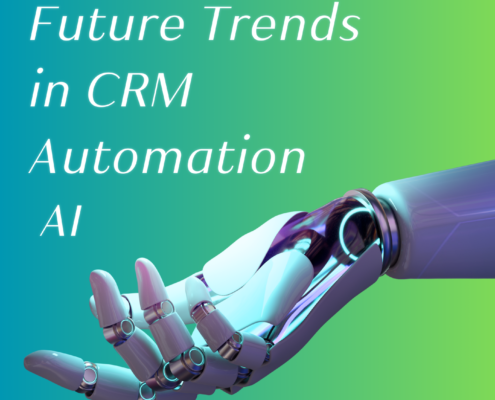 Digideo
Digideo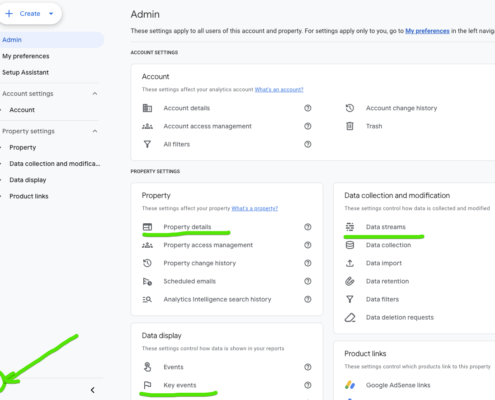
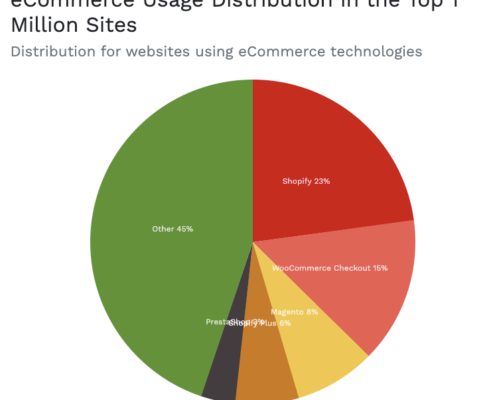
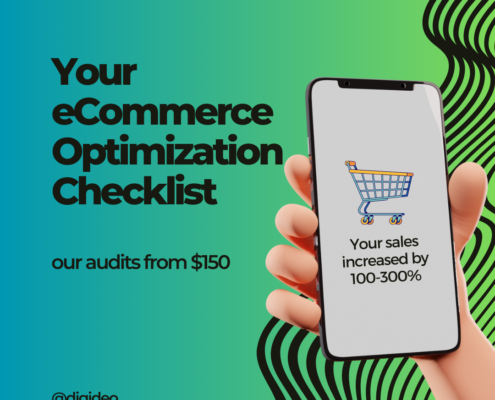

Share this entry